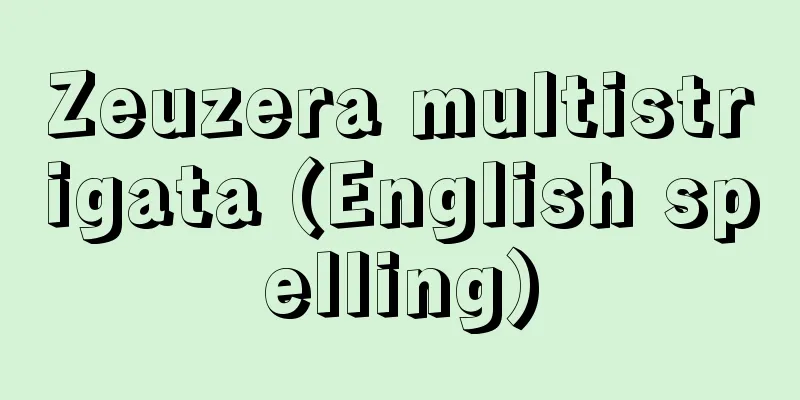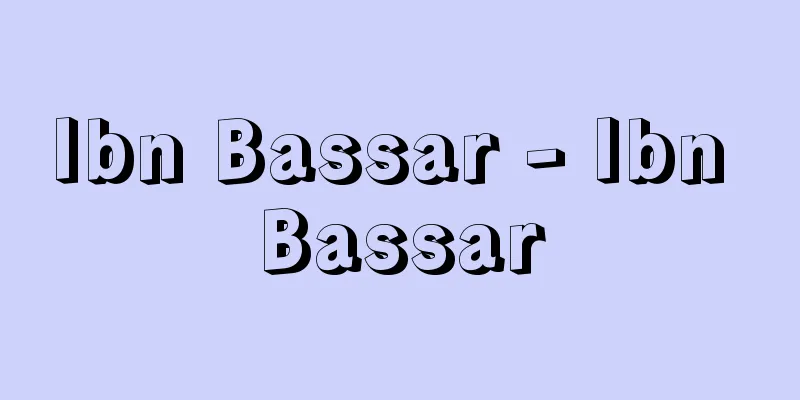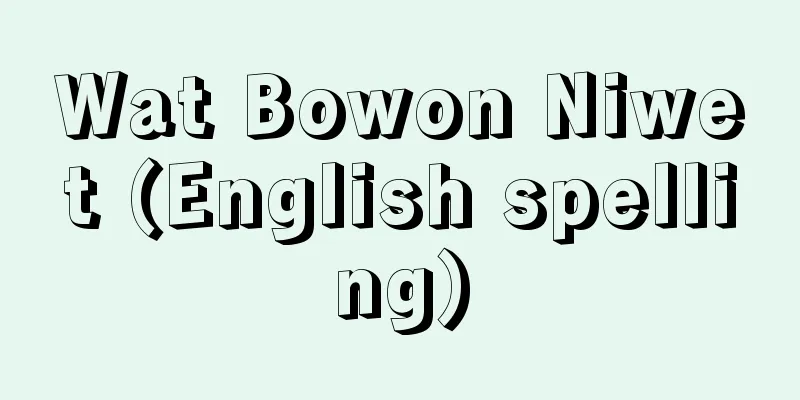Merulo, C.

|
...Its characteristic is a vocal sound, due to a series of principal stops. In the second half of the 16th century, Venetian A. Gabrieli and C. Merulo (1533-1604), and in the early 17th century, G. Frescobaldi, developed the toccata, a new type of instrumental music that was completely different from vocal music, and was highly technical, with a strong element of improvisation. Spain developed open instruments, such as the horizontal trumpet, and A. Cabezón (c. 1510-66) and J. Cabanilles (1644-1712) were active in this field. From ToccataToccata began in the 16th century in Italy. The earliest pieces consisted only of a succession of thick chords and alternations of fast passages, but after Claudio Merulo (1533-1604) of Venice, imitative or fugal sections were inserted, and the alternation between free, improvisational sections and fugal sections became the distinctive feature of the toccata. It was Buxtehude, a leading figure in the North German organ school, who developed the toccata to a high level. From the Venetian School...In 1613, Monteverdi, who played a major role in the transition from Renaissance to Baroque style, established immortal milestones in many fields, both sacred and secular, and made important contributions to early Venetian opera, became the conductor. San Marco's organist Claudio Merulo (1533-1604) was an accomplished composer, not only for organ and ensemble pieces such as toccata, canzona, and ricercare, but also for religious music and madrigals; Annibale Padovano (1527-75), who left behind excellent works in the new style of toccata as well as religious music; A. Gabrieli, who composed various forms of religious vocal music, madrigals, organ pieces, and ensemble pieces; and his nephew G. Gabrieli, who made full use of the Cori-Spezzati technique to create a magnificent world of sound, particularly in the religious vocal music of his two-volume set of Sacrés Symphonies (1597, 1615), and ensemble pieces such as sonatas and canzonas. During Zarlino's time as conductor, a permanent ensemble was formed, and at major festivals musical feasts were held with a choir of 30 and an ensemble of 20. *Some of the terminology that mentions "Merulo, C." is listed below. Source | Heibonsha World Encyclopedia 2nd Edition | Information |
|
…一連のプリンシパル族のストップによる,声楽的な響きがその特徴である。16世紀後半のベネチアのA.ガブリエリ,メルロC.Merulo(1533‐1604),17世紀初めのG.フレスコバルディは,声楽様式とはまったく異なる新しいタイプの器楽曲である,即興の要素が強い技巧的なトッカータを発展させた。スペインは,水平トランペットに代表される開放的な楽器を発展させ,カベソンA.Cabezón(1510ころ‐66),カバニリェスJ.Cabanilles(1644‐1712)らが活躍した。… 【トッカータ】より…16世紀のイタリアに始まった。最初期の曲は分厚い和音の連続と速いパッセージの交代だけからなっていたが,ベネチアのメルロClaudio Merulo(1533‐1604)以来,模倣的ないしはフーガ的な部分も挿入されるにいたって,自由で即興的な部分とフーガ風の部分の交代がトッカータの目だった特徴になった。そうしたトッカータを高度に発展させたのが北ドイツ・オルガン楽派の雄ブクステフーデである。… 【ベネチア楽派】より…また1613年にはルネサンス様式からバロック様式への転換に大きな役割りを果たしつつ聖俗の多くの分野で不朽の金字塔を打ち建て,初期のベネチア・オペラにも重要な貢献をしたモンテベルディが楽長になった。 また,サン・マルコのオルガン奏者としても,トッカータ,カンツォーナ(カンツォーネ),リチェルカーレなどのオルガン曲や合奏曲だけでなく,宗教曲やマドリガーレの作曲にも優れていたメルロClaudio Merulo(1533‐1604),新しい様式のトッカータのほか宗教的楽曲にも優れた作品を残したアンニバレ・パドバノAnnibale Padovano(1527‐75),さまざまな形式の宗教的声楽曲,マドリガーレ,オルガン曲,合奏曲を作曲したA.ガブリエリ,その甥でとくに全2巻の《サクレ・シンフォニア集》(1597,1615)の宗教的声楽曲や,ソナタやカンツォーナなどの合奏曲において,コーリ・スペッツァーティの手法を縦横に駆使して壮麗な音響の世界を展開したG.ガブリエリら,作曲家としても優れた人材が相次いだ。 ツァルリーノが楽長の頃,常設の合奏団が設けられ,大きな祭典には,30人の聖歌隊と20人の合奏団による音楽の饗宴が繰り広げられた。… ※「Merulo,C.」について言及している用語解説の一部を掲載しています。 出典|株式会社平凡社世界大百科事典 第2版について | 情報 |
Recommend
Iron
The character 鏟 can also be read as san, and in th...
Pond snail (English spelling)
...The shell is more rounded and bulging, with a ...
Rinzai
[1][1] A Chinese monk from the Tang Dynasty. The f...
Fumio Kamei
Documentary film director. Born in Fukushima Pref...
Oigawa [town] - Oigawa
A former town in Shida County, central Shizuoka Pr...
Aphid - Arimaki
Another name for the aphids of the order Hemipter...
Juliformia
…General term for arthropods belonging to the ord...
The right to education
The Constitution of Japan stipulates that "A...
The Descent of the Ganges - The Effect of Ganga
...Parvati married Shiva and gave birth to the wa...
"Applied Economics Research"
...In other words, it was originally a slogan for...
Trois Rivières (English spelling)
A city in southern Quebec, Canada. Its English nam...
Hatta Tomoe
Years of birth: Unknown. Samurai from the end of t...
Tanichthys albonubes (English spelling)
...They feel more comfortable if you plant lots o...
Gelae
...It is now a state. The name of the area comes ...
Lifesaving equipment - Kyuumeikigu
...A general term for instruments and equipment u...









